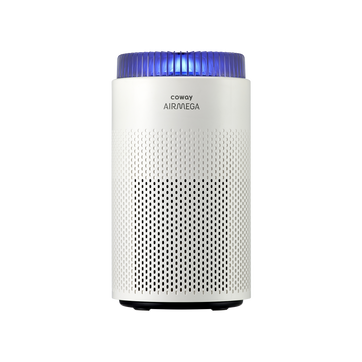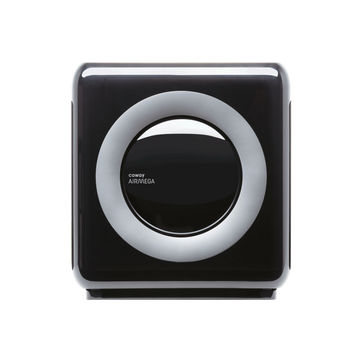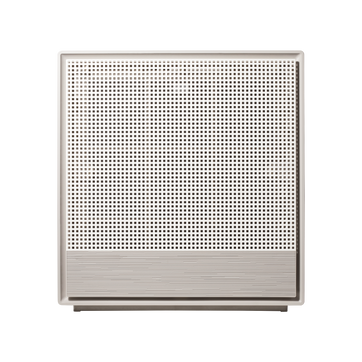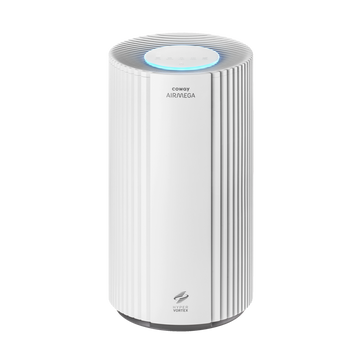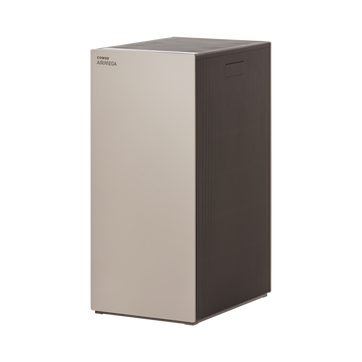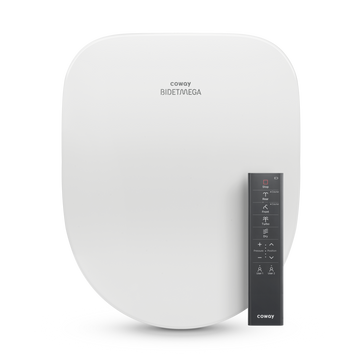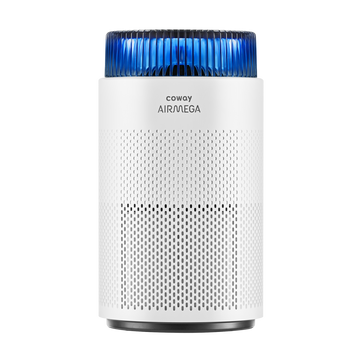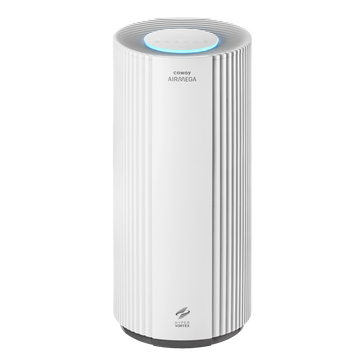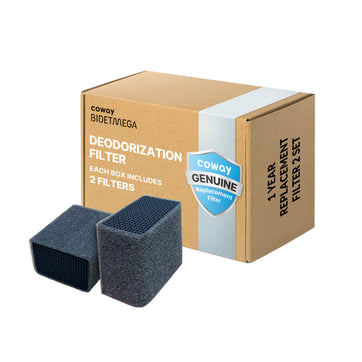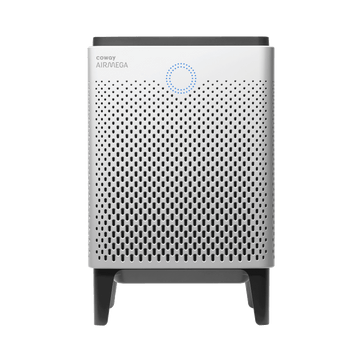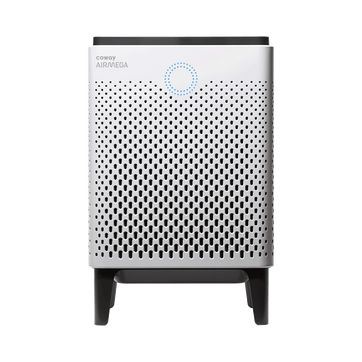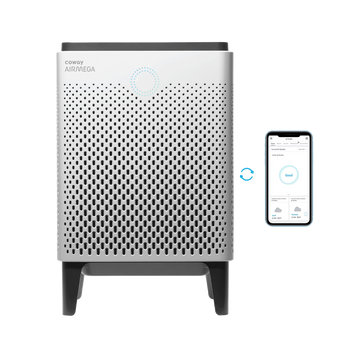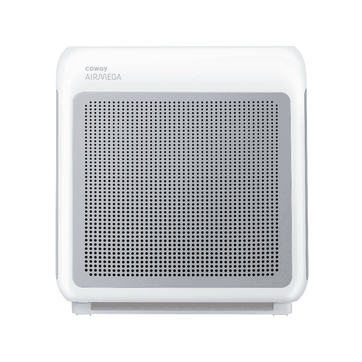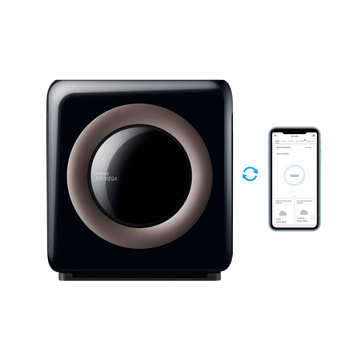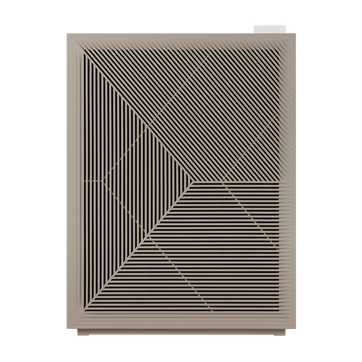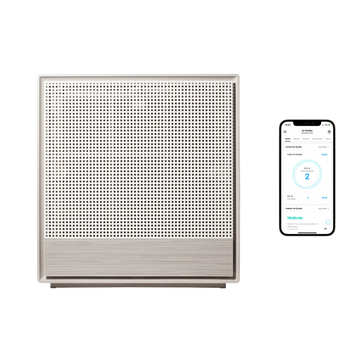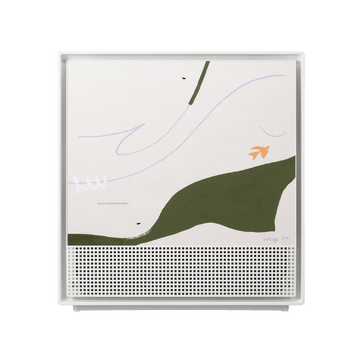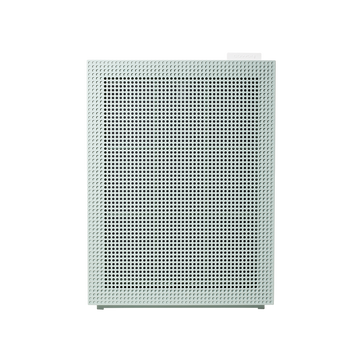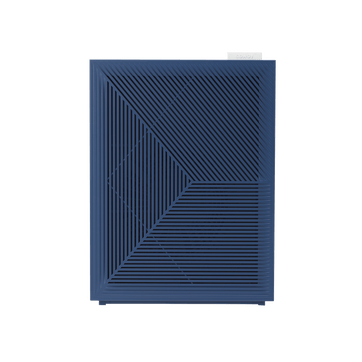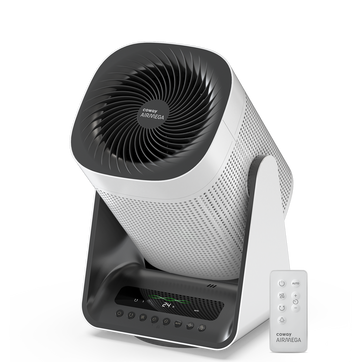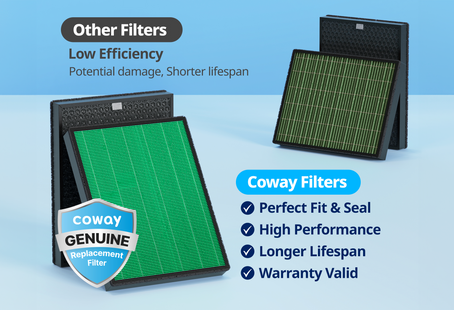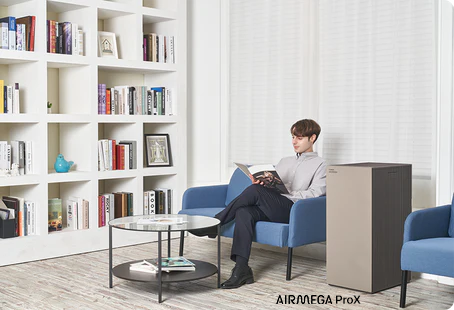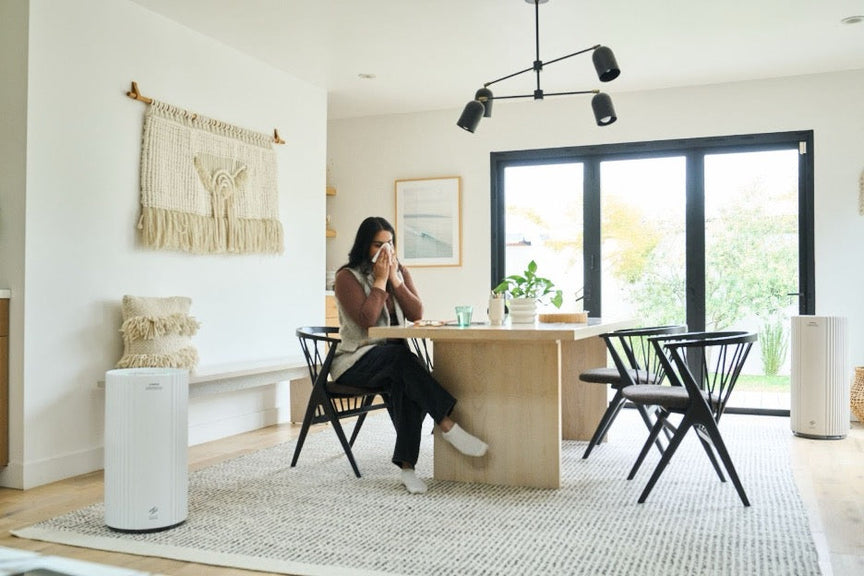
Why Does Indoor Congestion Worsen When Temperatures Fluctuate?
If you've noticed your sinuses acting up every time the weather changes—or when you move between your toasty living room and chilly bedroom—you're not imagining things. Temperature fluctuations have a real, measurable impact on indoor congestion, and understanding why can help you find relief.
The Science Behind Temperature and Your Sinuses
Your nasal passages are surprisingly sensitive environmental sensors. When temperatures shift, your body responds with a cascade of physiological changes designed to protect your respiratory system. These natural responses, while protective, often result in that familiar stuffy, uncomfortable feeling.
When you encounter cold air, blood vessels in your nasal passages constrict initially, then dilate as a warming mechanism. This process, called vasomotor rhinitis, causes nasal tissues to swell and produce excess mucus. It's your body's attempt to warm and humidify the air before it reaches your lungs, but it leaves you reaching for tissues.
Conversely, sudden exposure to warm air after being in the cold triggers rapid blood vessel dilation. This quick expansion can cause immediate congestion as your nasal tissues swell to accommodate increased blood flow. The result is that frustrating blocked-nose feeling that seems to appear out of nowhere.
How Do Indoor Temperature Swings Trigger Congestion?
Modern homes create perfect conditions for temperature-related congestion.
Think about your daily routine. You wake up in a cool bedroom, step into a steam-filled bathroom for your morning shower, move to a warmer kitchen, then perhaps retreat to a chilly home office. Each transition challenges your nasal passages to adapt.
Central heating and cooling systems compound the problem. When your furnace kicks on, it also drastically reduces humidity levels. Dry air irritates nasal membranes, causing them to produce more mucus as protection. Meanwhile, that blast of warm air hitting your face when the heat turns on triggers immediate vasodilation and congestion.
Air conditioning presents its own challenges. While it cools your home, it also removes moisture from the air and can circulate dust, pollen, and other irritants that have accumulated in your ductwork. The cold, dry air from AC vents can trigger what allergists call "non-allergic rhinitis," congestion without an actual allergic reaction.
Why Are Some People More Sensitive Than Others?
Not everyone experiences temperature-related congestion equally. Several factors influence your sensitivity:
-
Existing conditions play a major role. If you have allergies, asthma, or chronic sinusitis, your nasal passages are already inflamed and more reactive to environmental changes. Even mild temperature fluctuations that others barely notice can trigger significant congestion for you.
-
Age affects your response, too. Children and elderly individuals often have more sensitive respiratory systems. Children's smaller nasal passages mean even minor swelling causes noticeable congestion, while aging can reduce the flexibility of nasal tissues, making them slower to adapt to temperature changes.
-
Previous nasal injuries or surgeries can alter how your nasal passages respond to temperature. Scar tissue or structural changes may make normal vasomotor responses more pronounced or uncomfortable.
-
Overall health status matters as well. When your immune system is compromised—whether from illness, stress, or lack of sleep—your body often overreacts to environmental triggers, including temperature changes.
4 Practical Solutions for Temperature-Related Congestion
Managing temperature-related congestion requires a multi-faceted approach that addresses both the temperature swings and their effects on air quality.
-
Stabilize your indoor temperature gradually. Instead of dramatic thermostat adjustments, make small changes of 2-3 degrees at a time. This gives your nasal passages time to adapt without triggering severe congestion.
-
Maintain consistent humidity levels. Aim for 30-50% relative humidity throughout your home. Use humidifiers during heating season and dehumidifiers when necessary. Consider a whole-home humidification system if temperature-related congestion is a chronic issue.
-
Create temperature buffer zones. If certain rooms must be different temperatures, spend a few moments in transitional spaces like hallways to let your body adjust gradually.
-
Optimize your sleeping environment. Since we spend roughly eight hours in our bedrooms, maintaining stable temperature and humidity here is crucial. Keep your bedroom slightly cooler (around 65-68°F) with adequate humidity to reduce nighttime congestion.
How Air Purification Helps Combat Temperature-Related Congestion
While you can't eliminate temperature fluctuations entirely, you can significantly reduce their impact by improving your indoor air quality. Clean air minimizes the additional irritants that compound temperature-related nasal inflammation.
The Coway Airmega series offers solutions tailored to different space sizes and air quality challenges. For bedrooms where temperature-related nighttime congestion is an issue, the Airmega 150 operates quietly while removing irritants. The real-time air quality monitoring adjusts filtration intensity based on detected particles, ensuring optimal air quality even as temperature changes affect particle behavior.
For larger living spaces where family members move between different temperature zones, the Airmega 400 provides comprehensive coverage up to 3,120 square feet. Its smart features allow you to monitor and adjust air quality remotely, ensuring clean air throughout temperature transitions.
Take Control of Your Indoor Air Quality Today
Managing temperature-related congestion isn't about maintaining a perfectly static environment. That's neither practical nor necessarily healthy. Instead, it's about minimizing unnecessary stressors on your respiratory system while supporting your body's natural adaptation processes.
Don't let temperature fluctuations dictate your comfort. Explore the full Airmega collection to find the perfect match for your space, or contact our air quality specialists to discuss which model best addresses your specific congestion triggers. When your air is cleaner, every breath—regardless of temperature—becomes easier.
Disclaimers
1Coway air purifiers have been proven to trap dust, pollen, dander, viruses and bacteria in the air based on KCL (Korea Conformity Laboratories) testing.They have been tested in a 30㎥ size chamber according to the Korea Air Cleaning Association standard (SPS-KACA 002-132:2022 Modified) to measure the 0.01㎛ size of particle removal rate. It was tested on maximum airflow speed in normal room temperature and humidity conditions. The performance may vary in the actual living environment of customers.
→ Tested with Airmega Aim, 50, 100, 150, 160, Tower AP-1216L, Mighty AP-1512HH, MightyS AP-1512HHS, 200M, Icon, IconS, 230, 240, 250, 250 Art, 250S, 300, 300S, 350, 400, 400S, 450, ProX
299.97% of viruses, bacteria, fungi and pollen were verified to be removed from the air for Coway air purifiers which have Green True HEPA™ filter applied based on the Japan Food Research Laboratories(JFRL) testing according to JEM 1467 standard.
→ Tested with Coway Airmega Mighty AP-1512HH, MightyS AP-1512HHS, 250, 250 Art, 250S, 300, 300S, 400, 400S
→ All tested by JFRL and received above result within below time.
4The concentration of ammonia, acetaldehyde and acetic acid were proven to be removed within 30 minutes by FCG Research Institute, Inc. Human Life Science Lab. It is not a demonstration result in the actual use space. Not all odors and gases may be supported. → Tested with Coway Airmega 150, 160, Mighty AP-1512HH, MightyS AP-1512HHS, 400, 400S
5The coverage area of the air purifier is based on an area where the air cleaner can make two air changes per hour (ACPH). An air change per hour translates to how many times an air purifier can clean an area, assuming the height of a ceiling to be 8 ft, in one hour. Therefore ** means two air changes per hour means that the cleaner can clean the area once every 30 minutes and * means air changes per hour means that the air purifier can clean the area once every 60 minutes.
10Terms and conditions apply. Discounts, including promotions, coupons, bundle discount and subscription discount, cannot be stacked on top of other coupons. During promotional periods, discount codes will not be able to be applied to orders. Promo codes may apply to products only—filters, accessories, and new products within 3 months of the release date are not included.
11Based on Coway R&D internal laboratory testing, activated carbon filtration was shown to remove up to 95% of ammonia odors within 40 minutes, and up to 99% of fecal odors within 20 minutes. Actual performance may vary depending on usage conditions.
